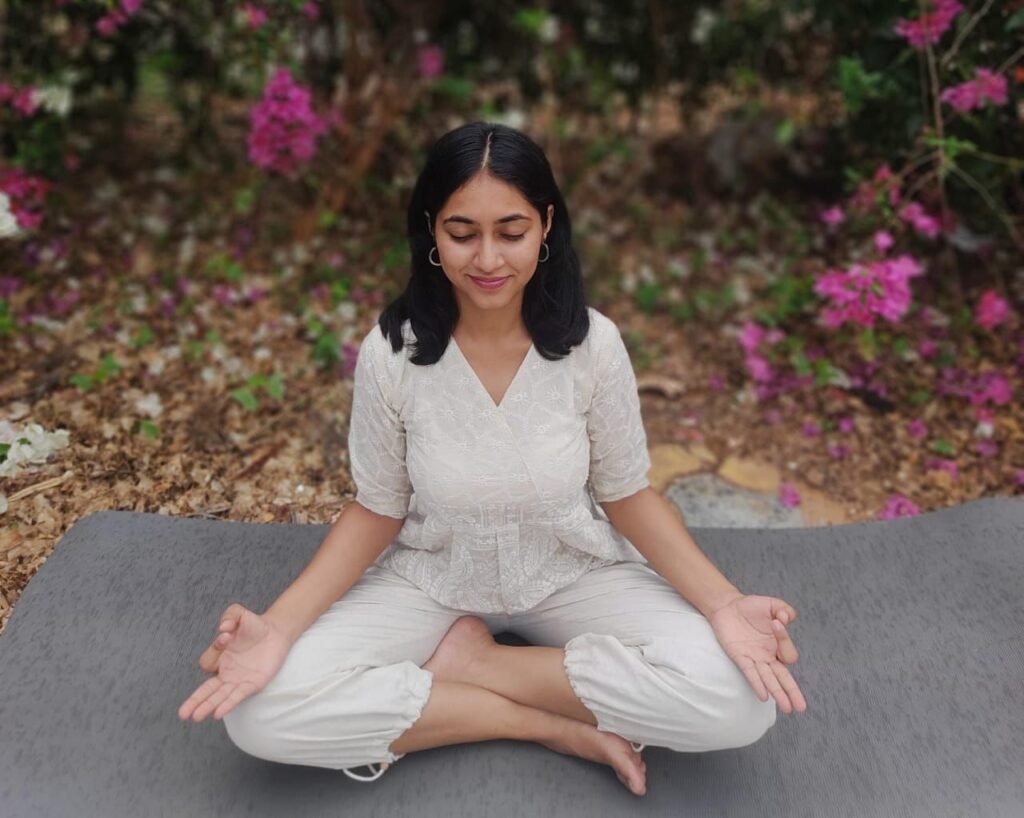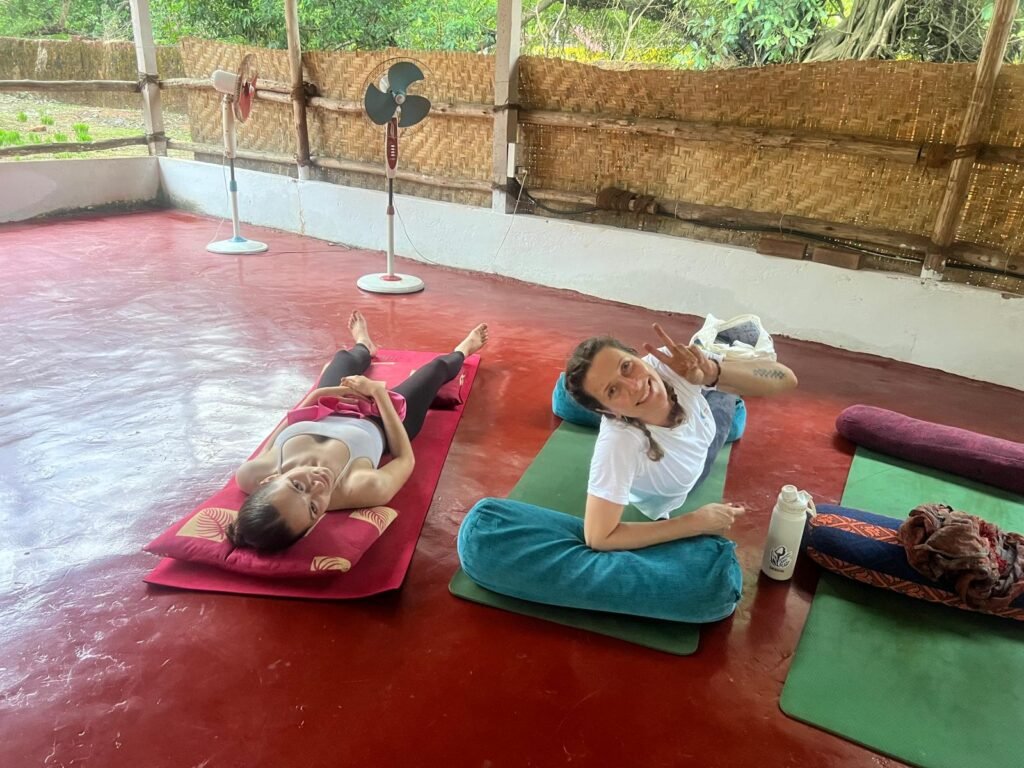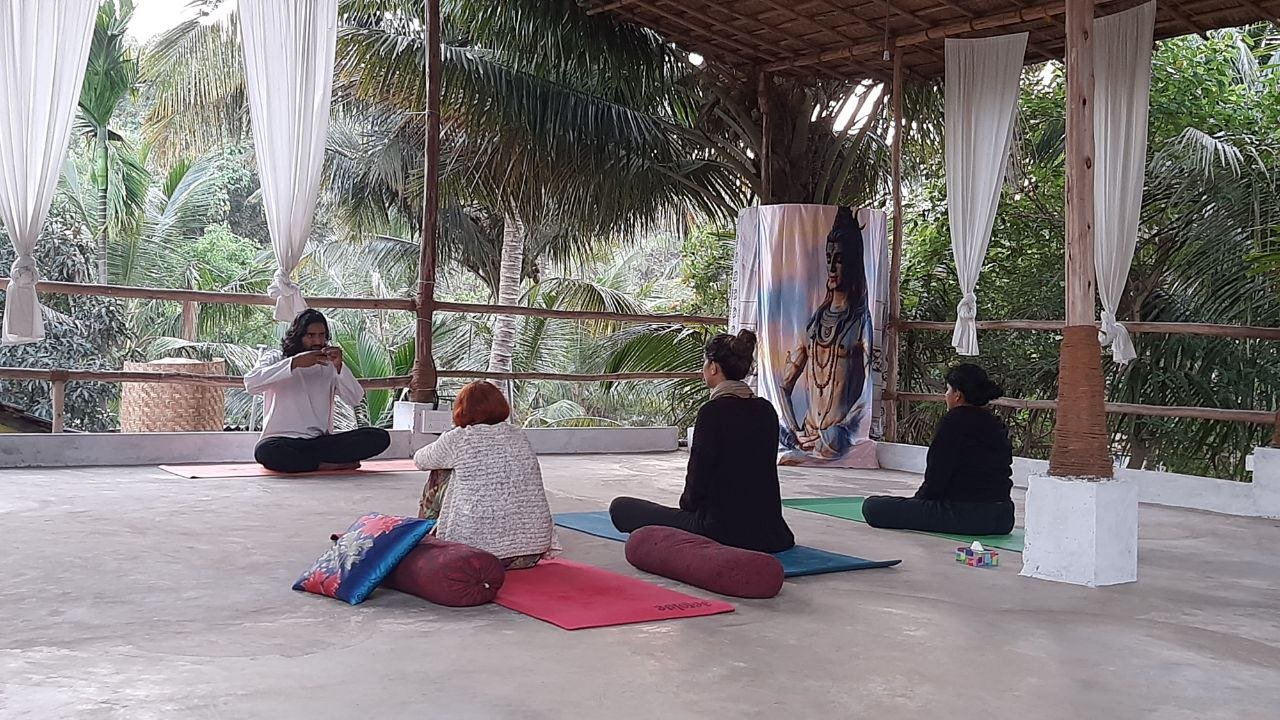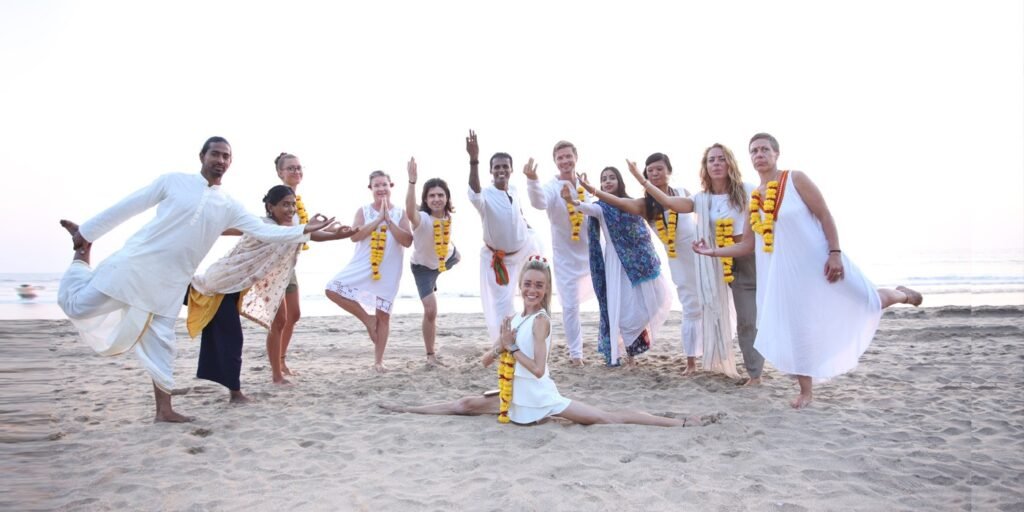In recent years, the global yoga industry has undergone a digital transformation—and at the forefront of this evolution are yoga influencers. These individuals, often with large social media followings and charismatic online presence, are not only sharing their asana practice but also shaping how yoga is perceived, practiced, and taught worldwide.
But is this evolution beneficial or detrimental to the heart of yoga? Let’s take a closer look at how yoga influencers are changing the industry—for better or for worse.
The Rise of the Yoga Influencer
The concept of an “influencer” is rooted in social media, where individuals with niche expertise and large followings have the power to affect purchasing decisions, trends, and even cultural values.
In the case of yoga, influencers have:
- Popularized yoga on platforms like Instagram, YouTube, and TikTok
- Made yoga more accessible to the masses
- Inspired millions to explore physical wellness, mindfulness, and holistic living
Whether it’s through aesthetically curated poses on a beach in Bali or a raw, honest story of healing through yoga, these digital yogis have made ancient practices feel relevant in a modern world.
Making Yoga Global and Accessible
Perhaps the most positive impact of yoga influencers is global accessibility.
- Free content: Many influencers offer free online classes, tutorials, and challenges. This has opened the door to yoga for people who may not have access to a studio or financial means.
- Cultural crossover: Yoga is no longer limited to urban studios or wellness retreats. Through social media, it’s being practiced in living rooms across continents.
- Inclusivity: Some influencers are actively promoting body positivity, diversity, and trauma-informed practices, helping to reshape yoga as a practice for everyone—not just the flexible or athletic.
“I found yoga through a YouTube influencer during lockdown. I never thought it was ‘for me’ until then.” – Online comment from a new practitioner.
Redefining the Role of the Yoga Teacher
Traditionally, becoming a yoga teacher involved in-depth study, lineage training, and years of personal practice. While many influencers are certified teachers, others gain credibility through popularity rather than formal training.
This shift is controversial within the yoga community:
- Pros: Influencers often bring fresh energy, creative flows, and personal storytelling that resonates with modern audiences.
- Cons: The lack of traditional training or philosophical depth can dilute the deeper meaning of yoga.
This brings us to a larger question: What defines a “teacher” in today’s yoga landscape? Is it the number of followers or the depth of knowledge?
Commercialization & the Business of Yoga
With influencer status often comes monetization. Brand partnerships, product lines, affiliate links, and paid online courses have turned yoga into a lucrative business.
Common monetization paths for yoga influencers:
- Sponsored posts for yoga apparel or wellness products
- Affiliate programs with online yoga platforms or retreats
- Launching personal brands (e.g., mats, leggings, meditation apps)
- Creating subscription-based content or exclusive memberships
The concern: Is yoga becoming more about image and income than inner peace?
While there’s nothing inherently wrong with making a living through yoga, it raises ethical questions about commercialization and staying true to the yogic path.
The Cultural Appropriation Debate
Yoga’s global popularity owes a great deal to social media, but with that comes criticism of cultural appropriation—especially when sacred practices are decontextualized or commercialized.
Many yoga influencers:
- Use Sanskrit terms incorrectly or superficially
- Share Hindu symbols or spiritual practices without understanding their origin
- Focus exclusively on the physical aspect (asana), ignoring philosophy or ethics
On the positive side, more influencers are now using their platform to:
- Educate followers on yoga’s roots in India
- Feature Indian teachers and voices from the global south
- Support causes related to authentic yoga education
Influencing for Good: The Shift Toward Mindful Impact
There’s a growing subset of influencers who aim to use their platforms responsibly. These individuals:
- Promote mental health and trauma-sensitive yoga
- Share authentic personal stories about transformation
- Offer inclusive, beginner-friendly practices
- Collaborate with yoga schools and nonprofits
Many influencers now acknowledge their impact and are evolving to balance popularity with authenticity, education, and ethical responsibility.
What’s Next for the Yoga Industry?
The influence of yoga influencers isn’t fading—it’s evolving. As more practitioners seek depth beyond poses, the future may lie in:
- Authenticity over aesthetics
- Partnerships with traditional schools like Goa Yogashala
- Hybrid models combining online reach with real-life training
- Greater emphasis on yoga philosophy and cultural respect
For yoga schools and teachers, the lesson is clear: embrace the tools of the modern world, but don’t lose sight of the roots. There’s space for both tradition and innovation.
Final Thoughts
Yoga influencers have undeniably changed the face of the yoga industry. While some shifts raise concerns, others have broadened access and inspired millions.
As a yoga community, we must remain grounded in intention, education, and ethics—guiding the next generation of yogis toward a path that honors both modern needs and ancient wisdom.

















